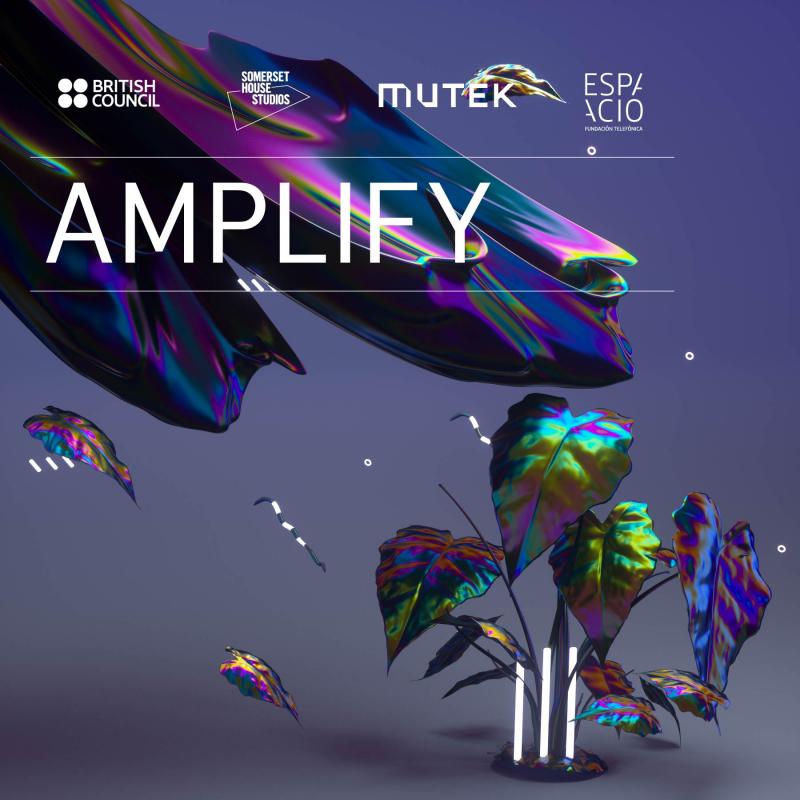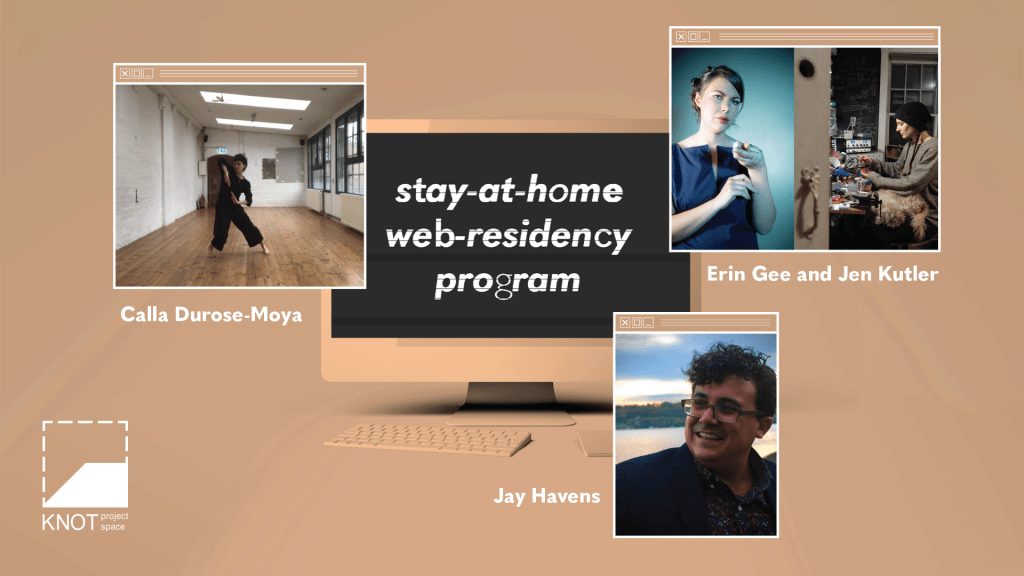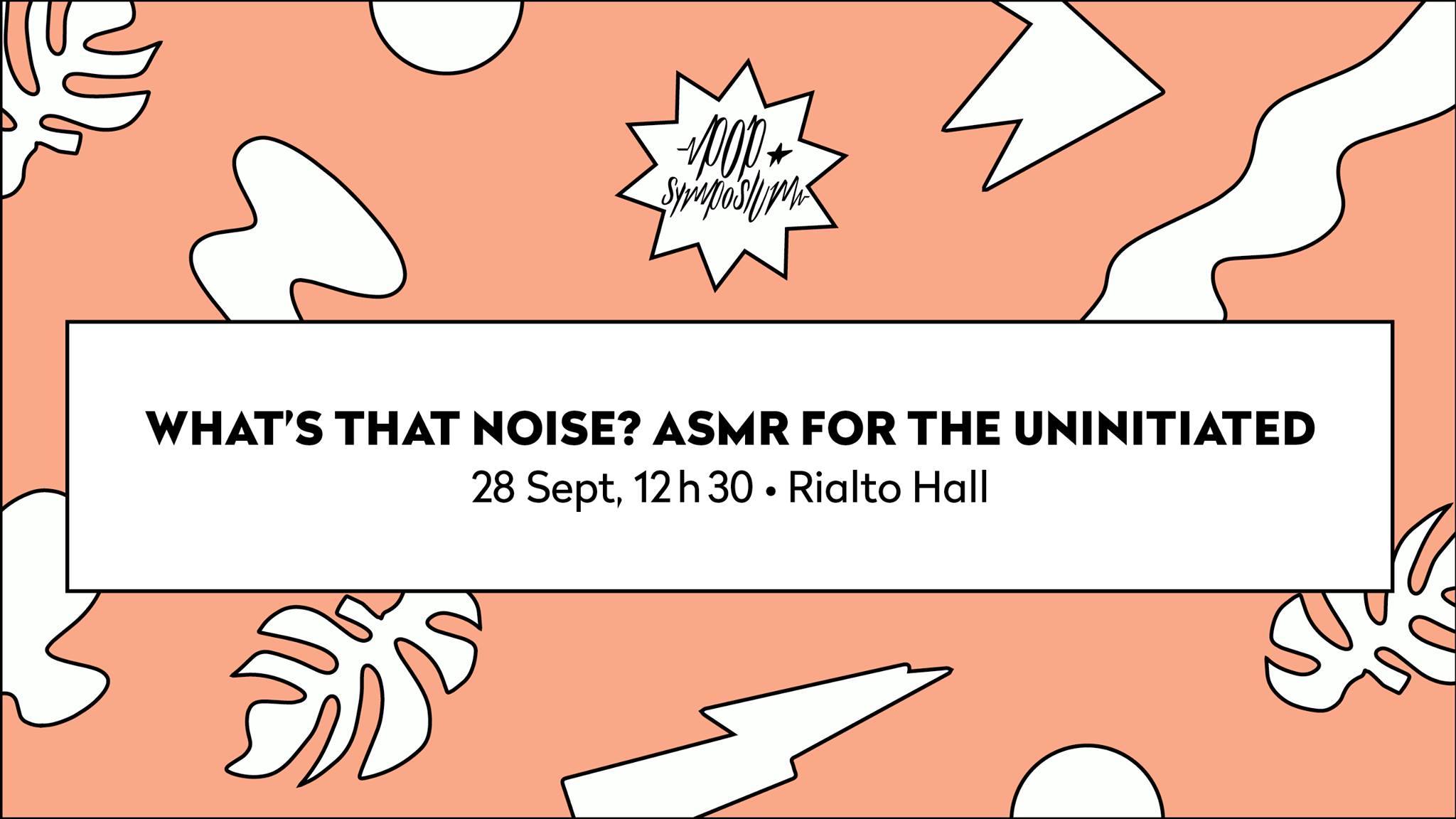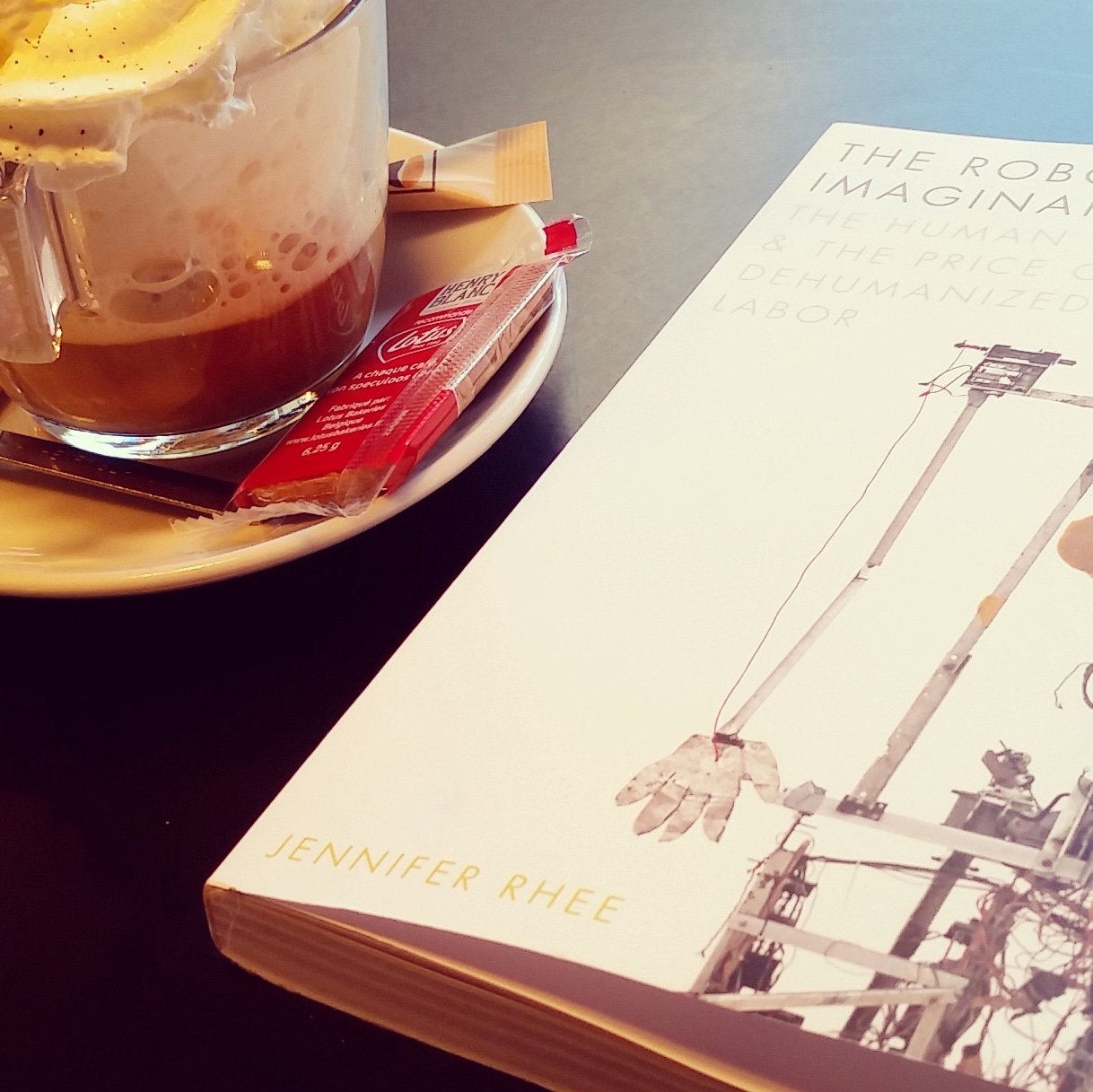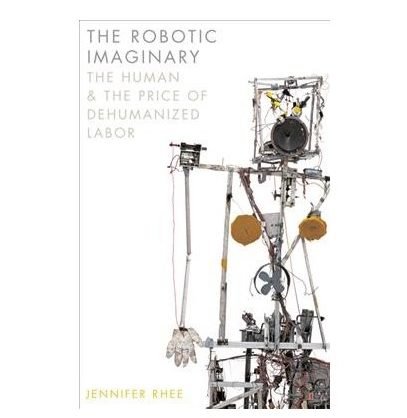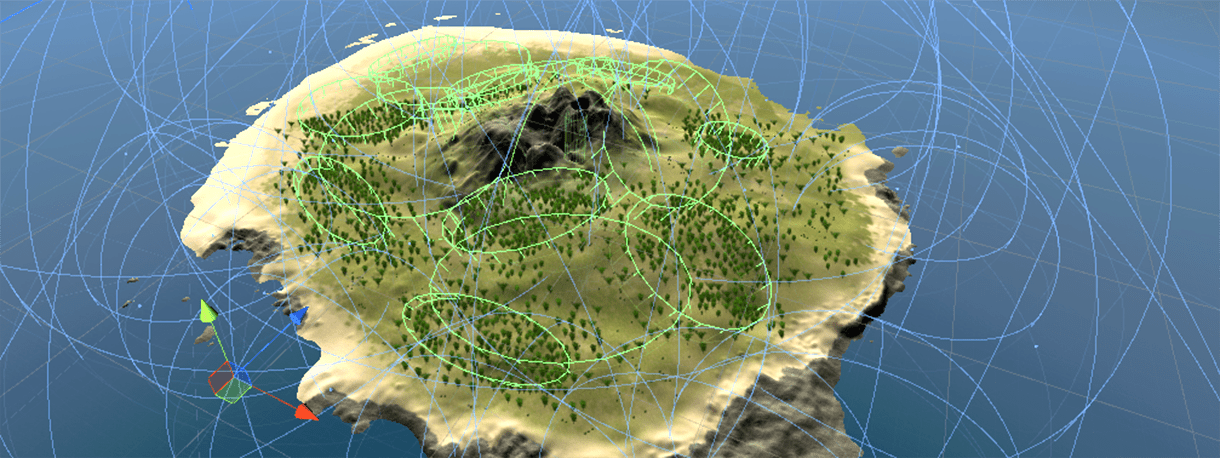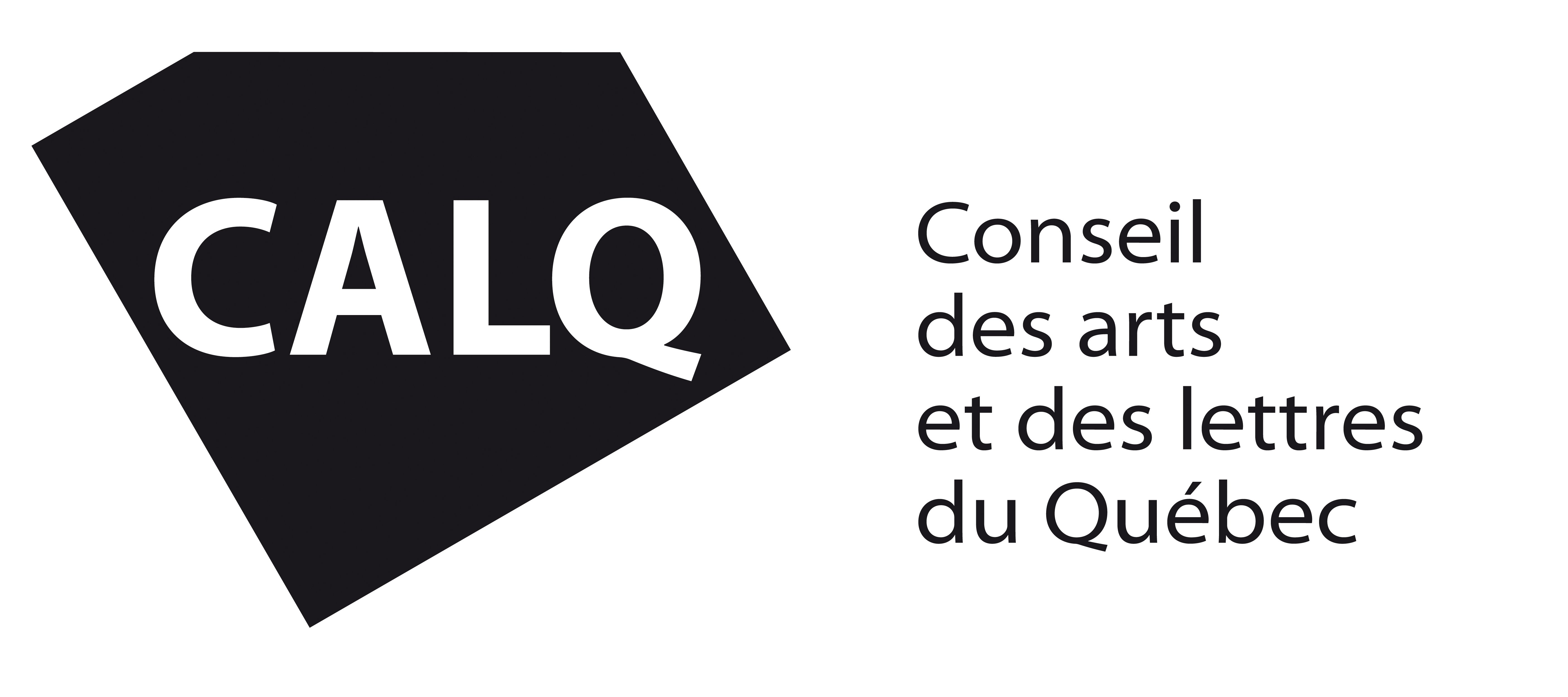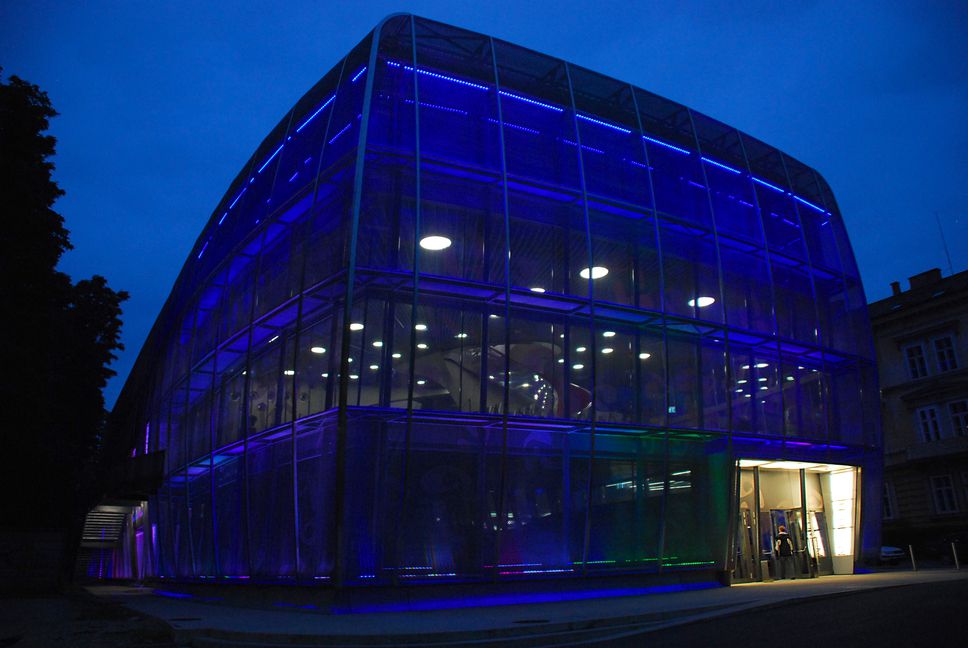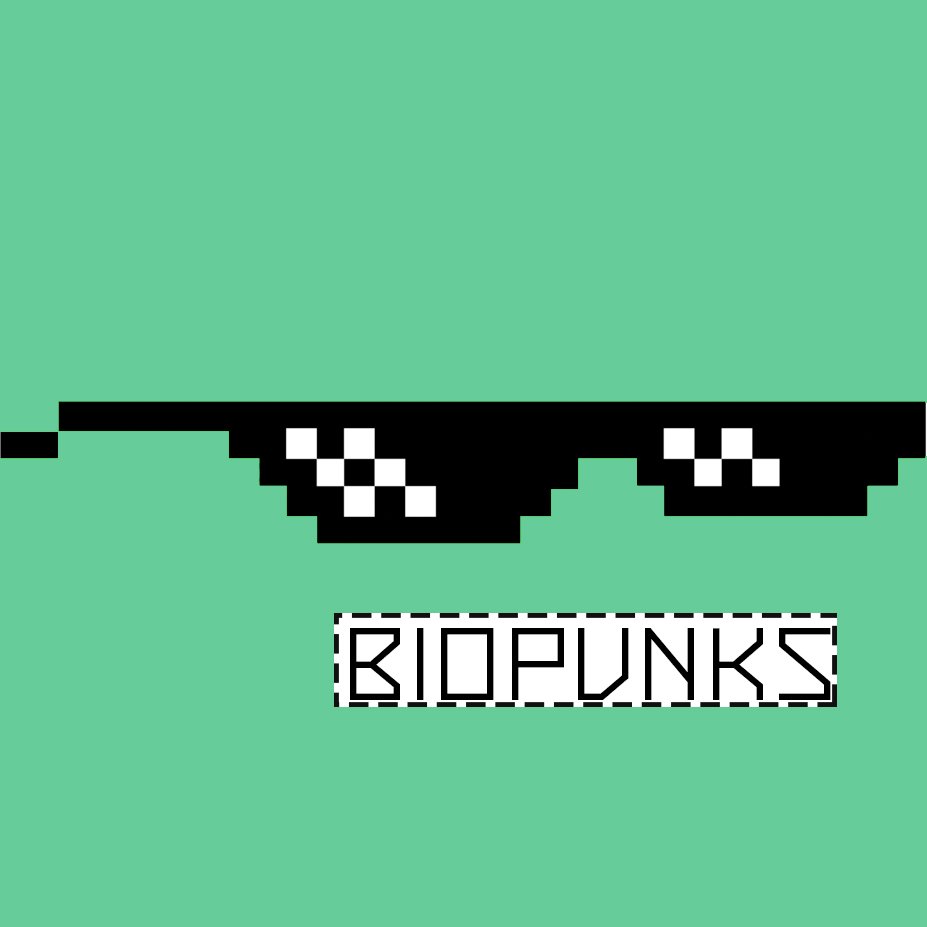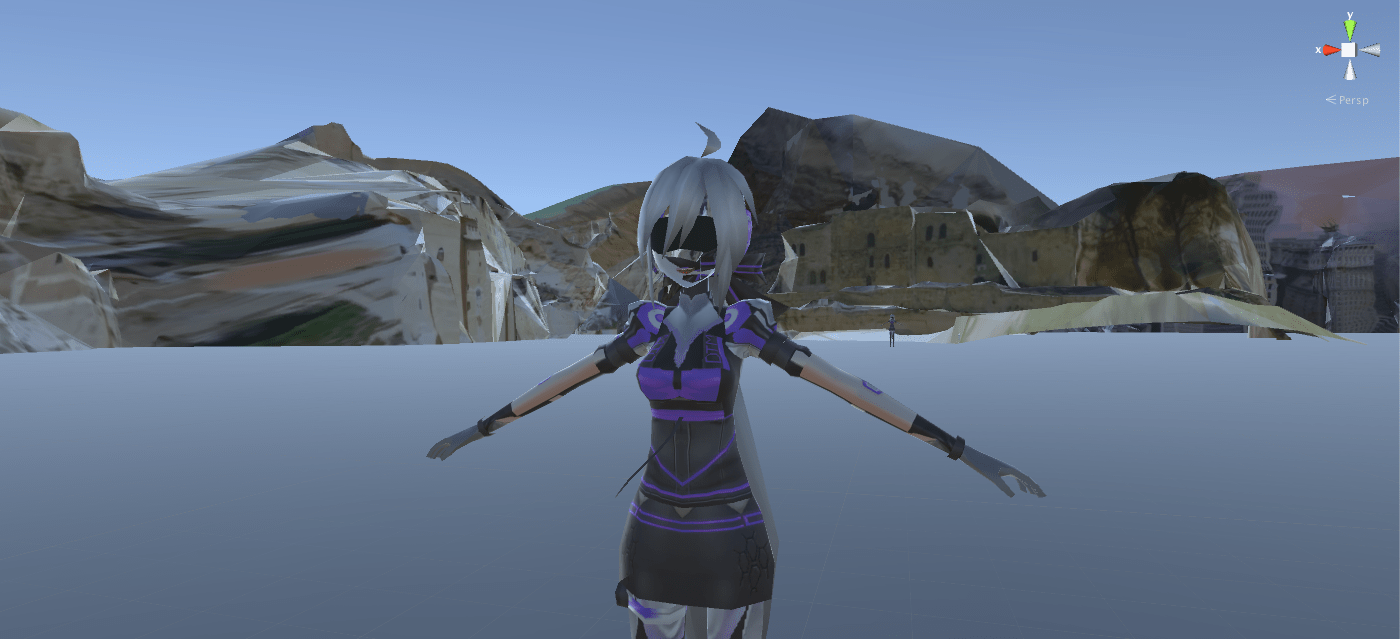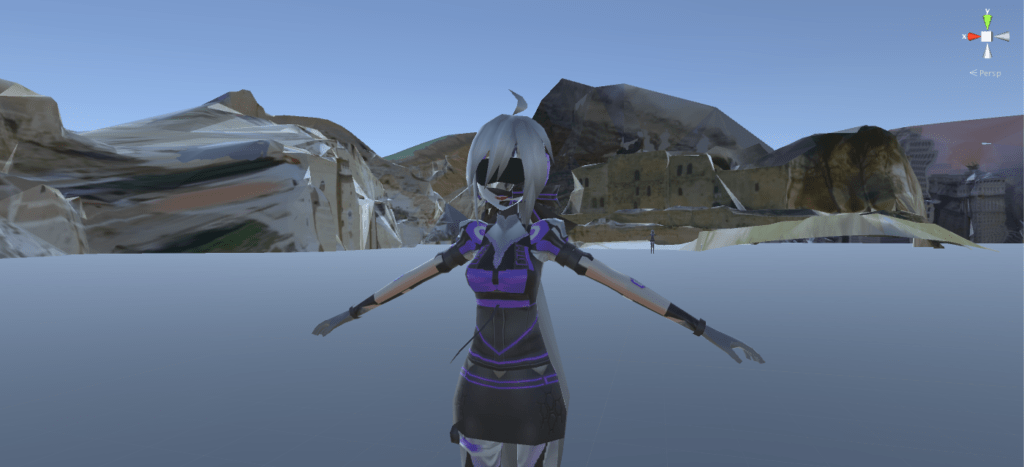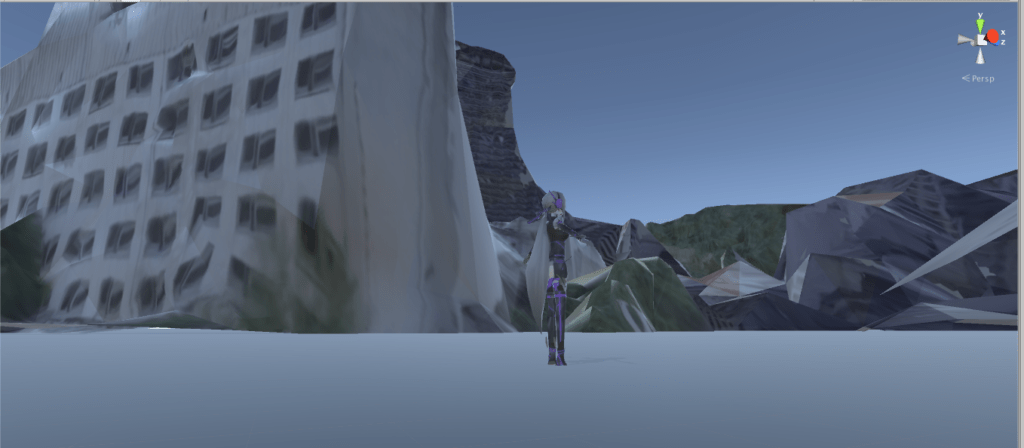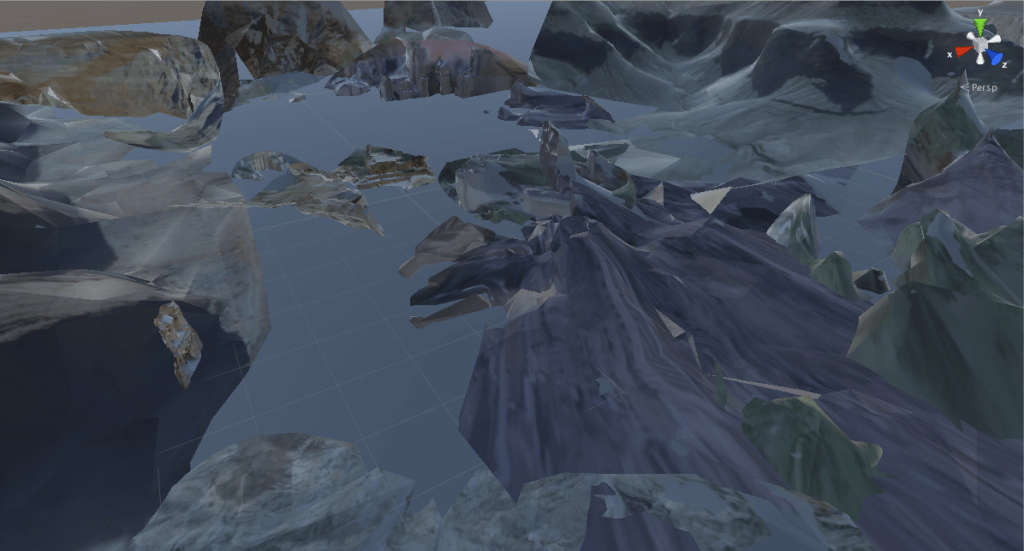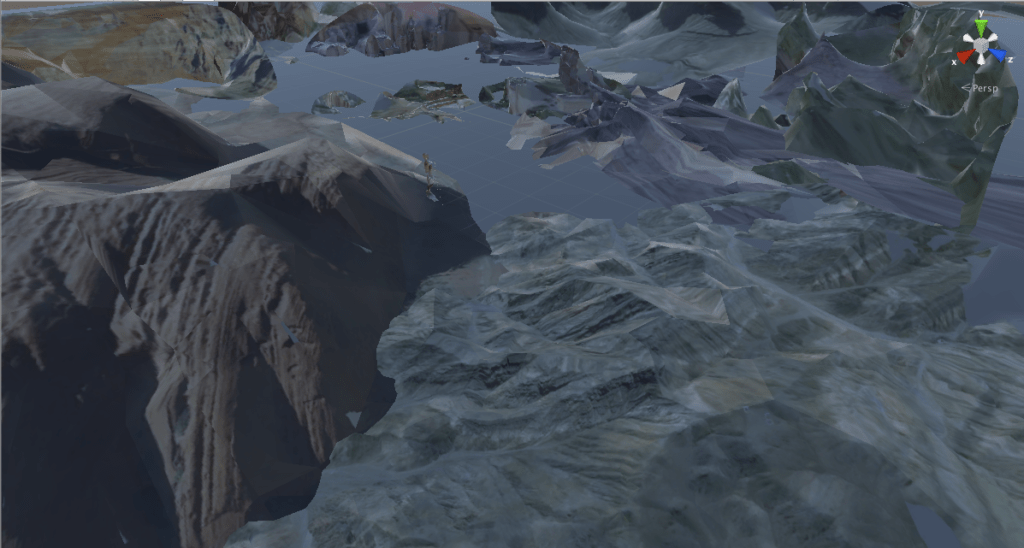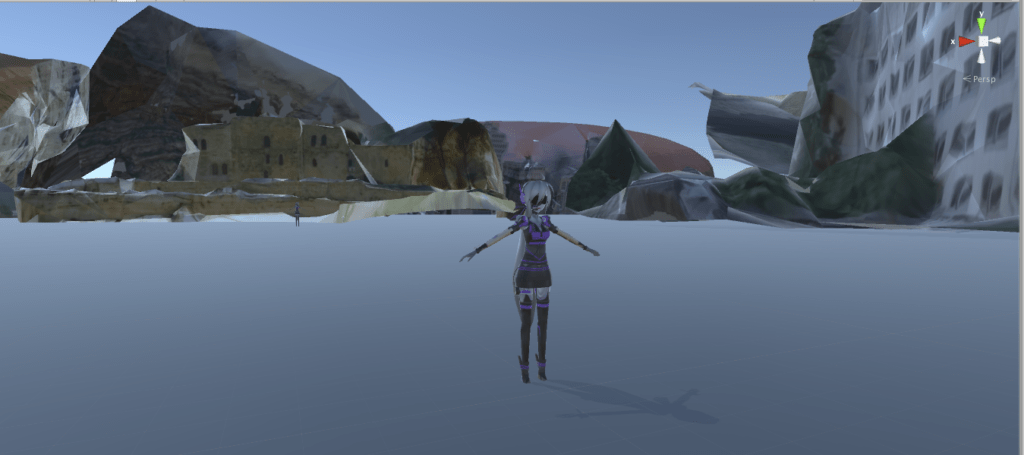Amplify D.A.I. 2020
I am happy to announce that I have been selected as part of the 2020 cohort for Amplify: D.A.I. More news to come!
AMPLIFY D.A.I is an initiative developed by the British Council in partnership with MUTEK and Somerset House Studios in the UK. Since 2018, the programme has connected an active network in Argentina, Canada, Mexico, Venezuela, Peru and the UK.
AMPLIFY D.A.I is a platform that creates international visibility in the industry for women-identified artists and curators. The programme offers networking opportunities, showcases, exhibitions and performances, residencies, workshops, creative labs and field trips.
THE BRITISH COUNCIL
The British Council is the UK’s international organisation for cultural relations and educational opportunities. We create friendly knowledge and understanding between the people of the UK and other countries. We do this by making a positive contribution to the UK and the countries we work with – changing lives by creating opportunities, building connections and engendering trust. https://www.britishcouncil.ca
MUTEK
In 2018 MUTEK Montréal achieved gender parity in its program for the first time. Building on this accomplishment the festival remains committed to opening space for women, non-binary and diverse artists—providing opportunities for performance, exhibition, career building, workshops and networking. A not-for-profit organization dedicated to the dissemination and development of digital creativity in sound, music, and audiovisual art since its first edition in 2000, the festival has distinguished itself as an international rendezvous. Over the years, MUTEK has expanded to include recurrent editions in Mexico City, Buenos Aires, Barcelona, Tokyo, Dubai and San Francisco. http://www.mutek.org/en/
SOMERSET HOUSE STUDIOS
Somerset House Studios is an experimental workspace in the centre of London connecting artists, makers and thinkers with audiences. Located inside the repurposed former Inland Revenue building, the Studios offer space and support to artists pushing bold ideas, engaging with urgent issues and pioneering new technologies. It is also a platform for the development of new creative projects and collaborations. Up to 100 artists are resident at any one time and are supported to develop their practice for a defined period. The Studios is also home to Makerversity, a community of 300+ professional makers and Studio 48, a shared workspace for individuals and groups working critically at the intersection of design and technology. https://www.somersethouse.org.uk/


